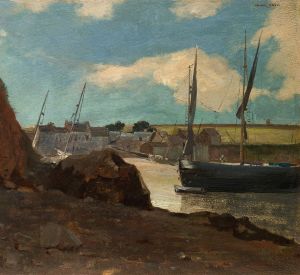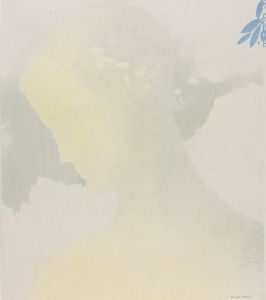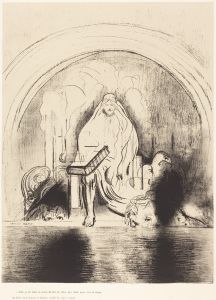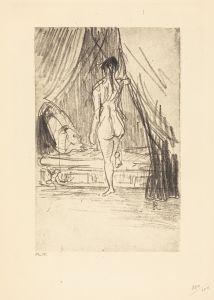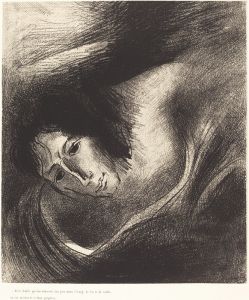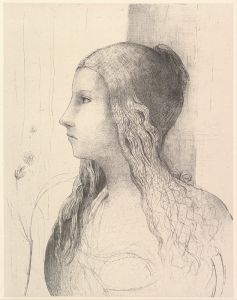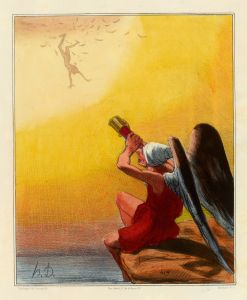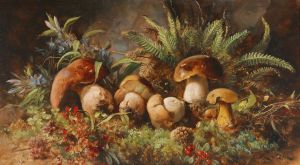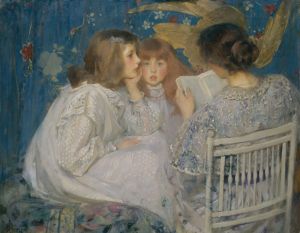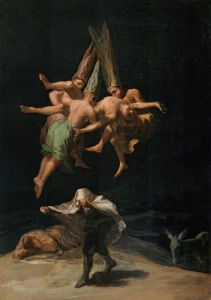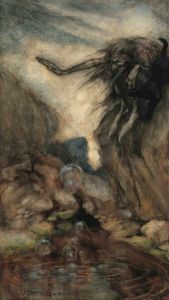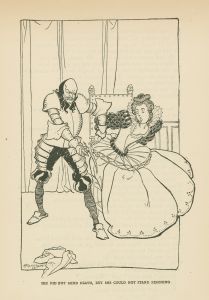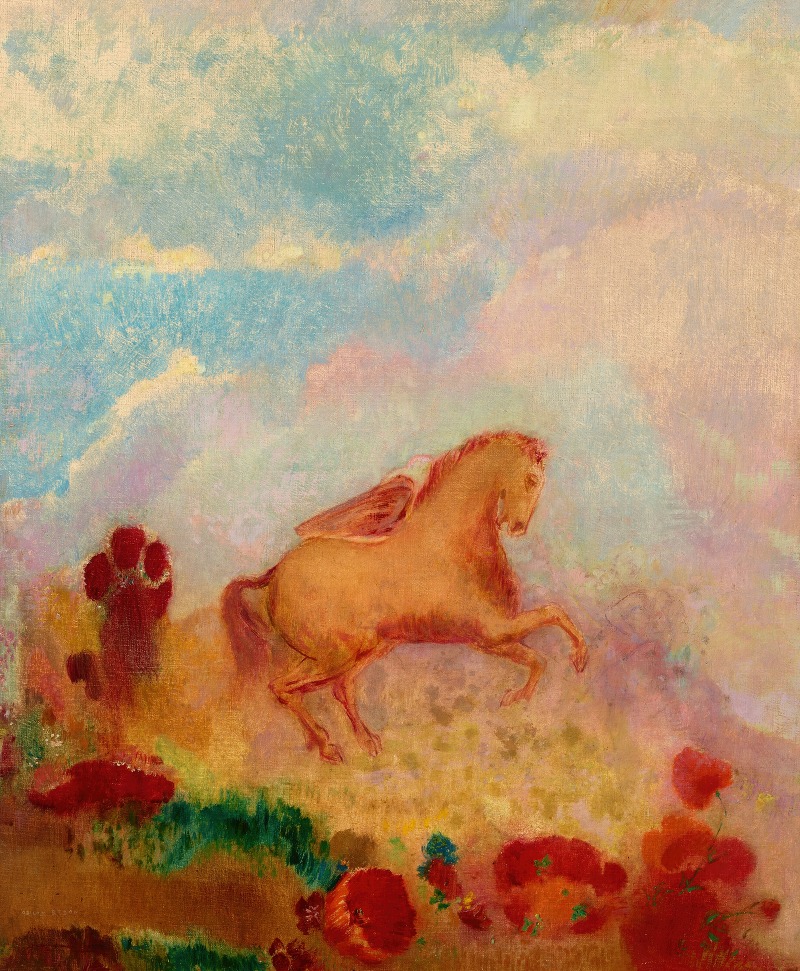
Pégase
A hand-painted replica of Odilon Redon’s masterpiece Pégase, meticulously crafted by professional artists to capture the true essence of the original. Each piece is created with museum-quality canvas and rare mineral pigments, carefully painted by experienced artists with delicate brushstrokes and rich, layered colors to perfectly recreate the texture of the original artwork. Unlike machine-printed reproductions, this hand-painted version brings the painting to life, infused with the artist’s emotions and skill in every stroke. Whether for personal collection or home decoration, it instantly elevates the artistic atmosphere of any space.
Odilon Redon, a French symbolist painter, created the artwork "Pégase" during a period when he was deeply engaged with themes of mythology and the fantastical. Redon, known for his dreamlike and often surreal imagery, frequently drew inspiration from literature, dreams, and the subconscious. "Pégase" is a testament to his fascination with these themes, capturing the mythical creature Pegasus, the winged horse from Greek mythology.
Redon's work is characterized by its ethereal quality and the use of soft, muted colors, which is evident in "Pégase." The painting reflects his transition from the earlier charcoal drawings, known as "noirs," to his later works that embraced color. This shift allowed Redon to explore new dimensions of expression and emotion, which can be seen in the delicate and imaginative portrayal of Pegasus. The creature is often depicted in a dreamlike state, embodying both grace and power, which aligns with Redon's interest in the intersection of reality and imagination.
The symbol of Pegasus in Redon's work can be interpreted in various ways, often seen as a representation of artistic inspiration and the transcendence of the mundane. This aligns with the broader Symbolist movement, which sought to express the ineffable and explore the deeper meanings behind the visible world. Redon's Pegasus might be seen as a metaphor for the artist's journey, soaring above the ordinary to capture the sublime.
Redon's technique in "Pégase" involves a blend of pastels and oils, which he used to create a luminous effect, enhancing the mystical quality of the subject. His use of color is both subtle and expressive, contributing to the otherworldly atmosphere that defines much of his work. The painting's composition often features Pegasus in a serene landscape, emphasizing a sense of tranquility and introspection.
Throughout his career, Redon was influenced by a variety of sources, including literature, music, and philosophy. His friendship with writers and thinkers of his time, such as Stéphane Mallarmé and Joris-Karl Huysmans, informed his artistic vision, encouraging him to delve into the symbolic and the abstract. This intellectual environment fostered Redon's unique approach to art, where he sought to evoke emotions and ideas rather than depict reality directly.
"Pégase" is a reflection of Redon's broader artistic goals, where he aimed to create works that were not only visually striking but also intellectually and emotionally resonant. His ability to convey complex themes through simple yet powerful imagery has cemented his place as a key figure in the Symbolist movement. Redon's legacy continues to influence artists and art enthusiasts, inviting viewers to explore the boundaries between the real and the imagined.
In summary, Odilon Redon's "Pégase" is a quintessential example of his Symbolist approach, blending mythological themes with a unique artistic style that emphasizes color, emotion, and imagination. The painting captures the essence of Pegasus as a symbol of inspiration and transcendence, reflecting Redon's enduring fascination with the mystical and the unknown.





